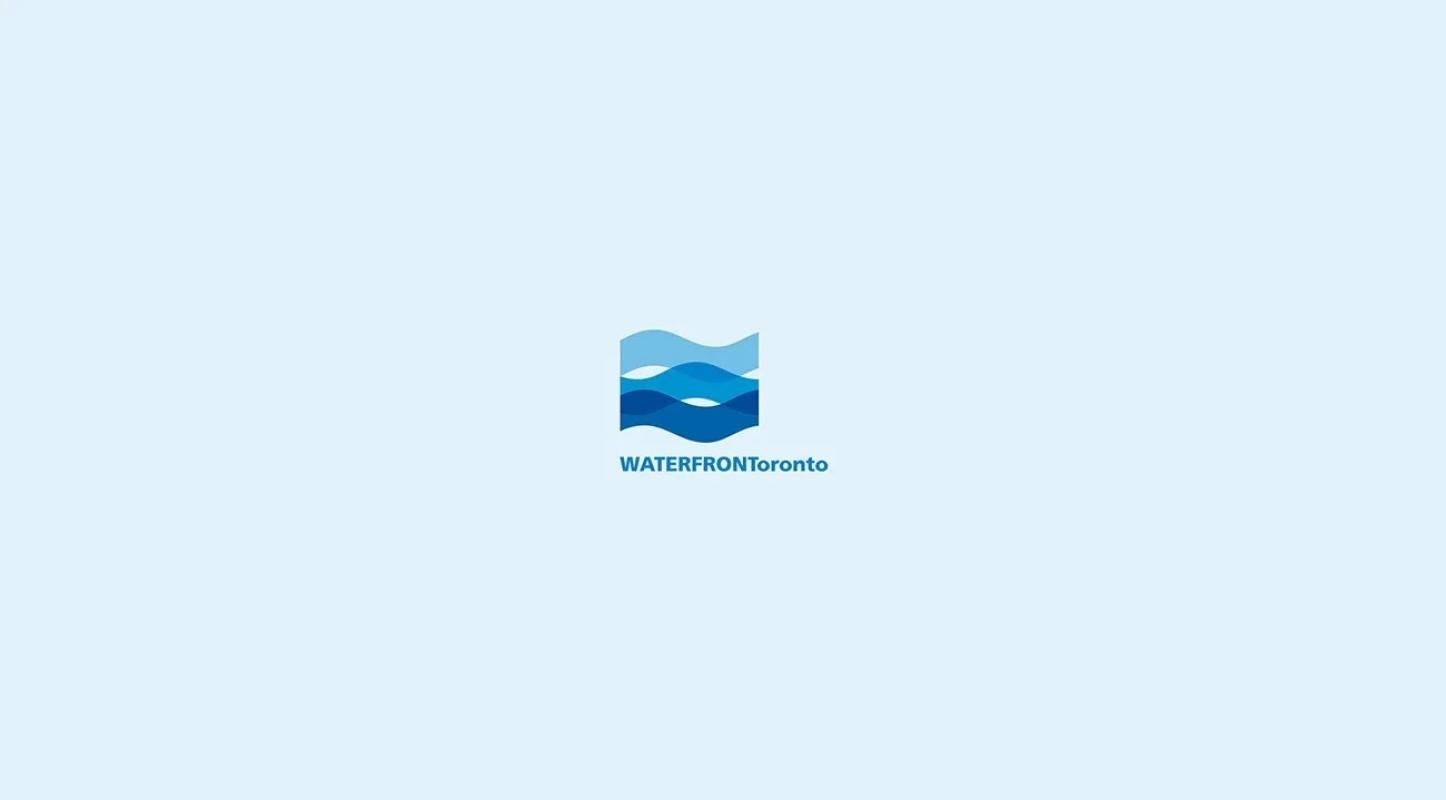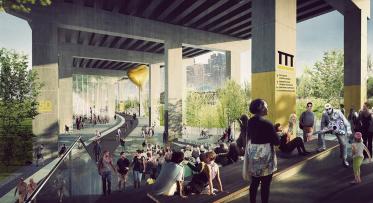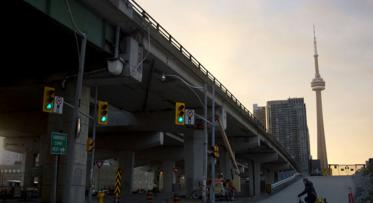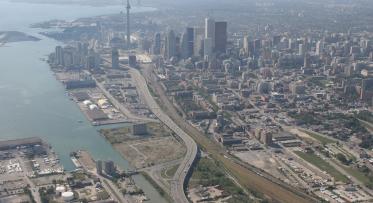Environmental Assessment and Urban Design Study begins on the future of the East Gardiner
Toronto, March 27, 2009 – The first phase of a multi-year environmental assessment and integrated urban design study is now underway to decide the future of the Gardiner Expressway from Jarvis Street to east of the Don Valley Parkway.
The comprehensive environmental assessment, co-sponsored by Waterfront Toronto and the City of Toronto, will examine the feasibility, impacts and costs of potential options for the easternmost stretch of the elevated roadway. While Waterfront Toronto has advocated for the removal of the Gardiner, the study will examine several alternatives, including removal, replacement, enhancement, and maintaining the status quo.
A key element of the assessment, which is expected to cost approximately $8 million, is an integrated urban design study which will ensure that the review process places an emphasis on quality of place. Therefore while the process will examine transportation issues it will also assess the future of the Gardiner in the overall context of creating a better city.
“Progress along the waterfront has brought us to the point where it’s time to decide the Gardiner Expressway’s place in Toronto’s future,” said Waterfront Toronto President and CEO John Campbell. “A number of exciting waterfront revitalization projects are already underway and many more are in the planning stages of development. Any decision on the future of the Gardiner will have an impact on our work to create a world-class waterfront where Torontonians can live, work and play.”
The environmental assessment and integrated urban design study will be a highly consultative process. Public suggestions, comments and concerns will be solicited throughout the review process. At least 16 public meetings will be held in locations across the City and a dedicated consultation website has been built to enable online public involvement and input.
“Our goal was to create a public consultation program that is as inclusive as possible and ensures that the full range of opinions, viewpoints and perspectives are heard and included,” said Campbell. “Through public meetings and the consultation website, all interested individuals can stay informed and provide feedback at every step in the process.”
The first step in the environmental assessment and integrated urban design study process is to develop the terms of reference for the scope of the study. The draft terms of reference are expected to be submitted for approval to City Council in July and to the Ontario Minister of the Environment in September.
To ensure that the terms of reference are informed by public input, two rounds of public meetings are being held throughout Toronto. The first round, which starts with a public forum in Etobicoke on Saturday March 28, also includes meetings in Scarborough, North York, and downtown. The website will host the information presented at the public forums and provide opportunities for online input that mirror those at the in-person meetings. Details on meeting times and locations are available on the project website and on Waterfront Toronto’s website.
Upon approval of the terms of reference, the environmental assessment and integrated urban design study will commence in earnest with the development and evaluation of alternatives. The identification of a preferred alternative is expected to be completed by winter 2010/2011.
The final phase of the study is anticipated to extend throughout 2011, and will include detailed engineering and urban design studies to thoroughly address the feasibility and costs of the preferred alternative. Once complete, the final EA and Urban Design Report will be submitted to City Council and the Ontario Minister of Environment for approval.
The Government of Canada, the Province of Ontario and the City of Toronto created Waterfront Toronto to oversee and lead the renewal of Toronto’s waterfront. Public accessibility, design excellence, sustainable development, economic development and fiscal sustainability are the key drivers of waterfront revitalization.
-30-
Media contact: Michelle Noble, Waterfront Toronto




